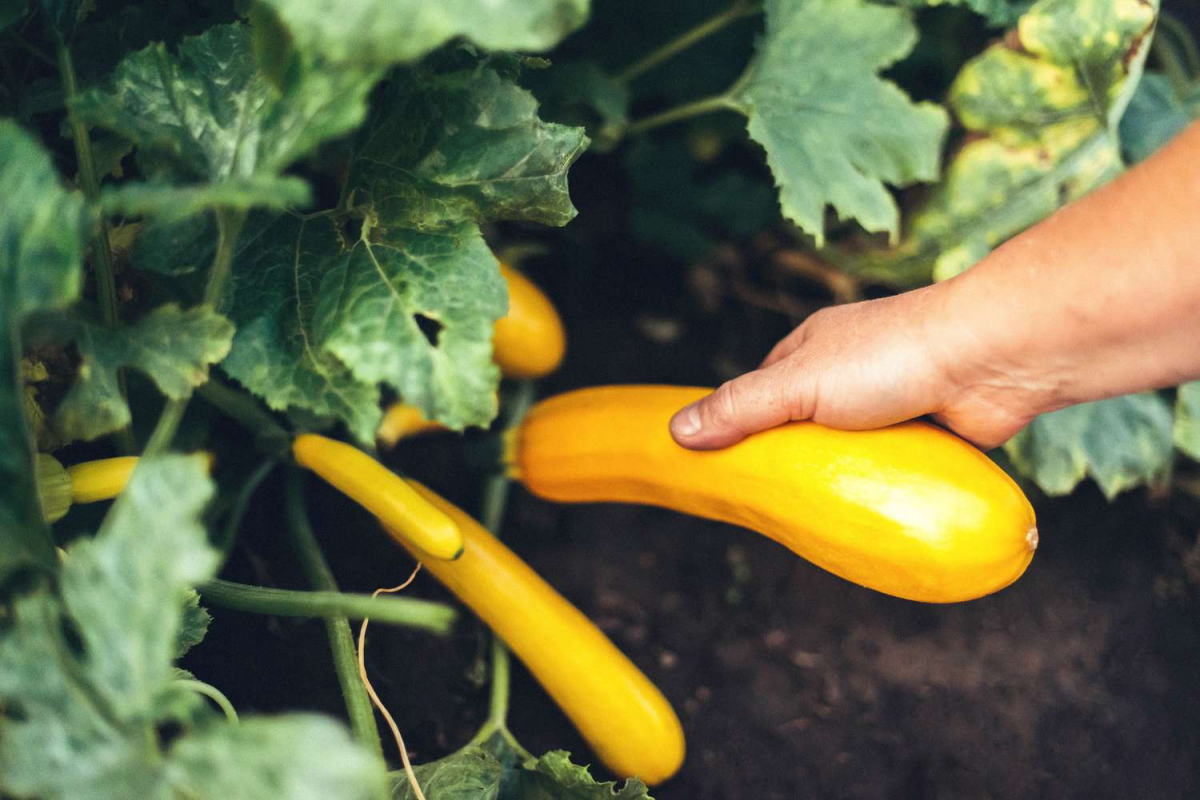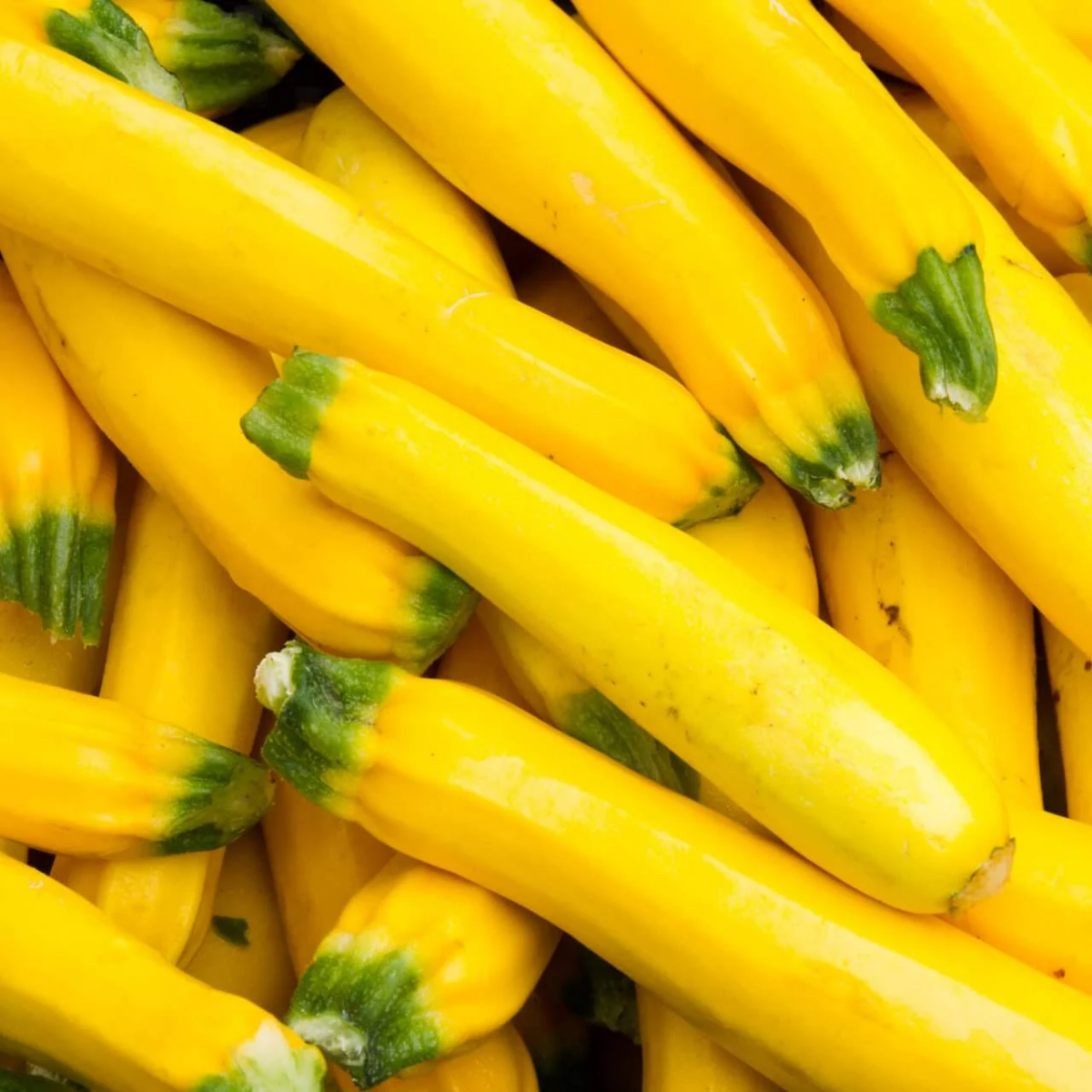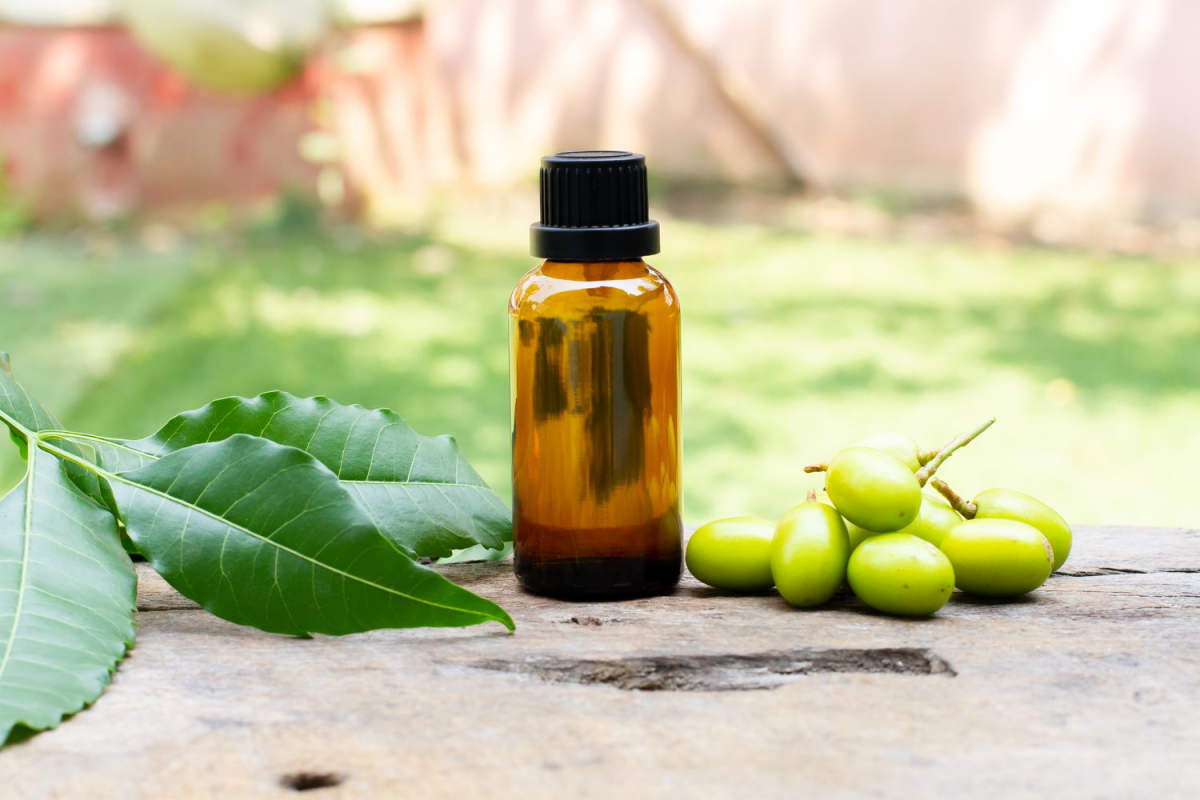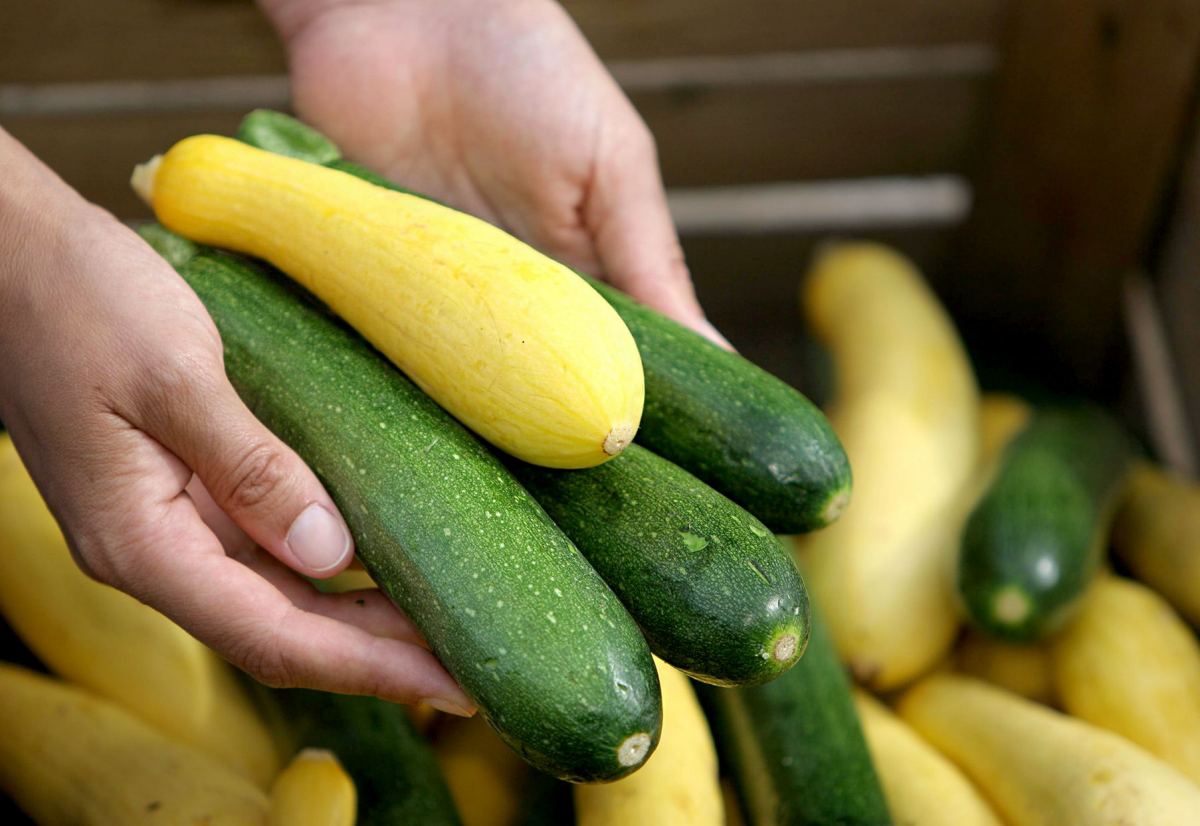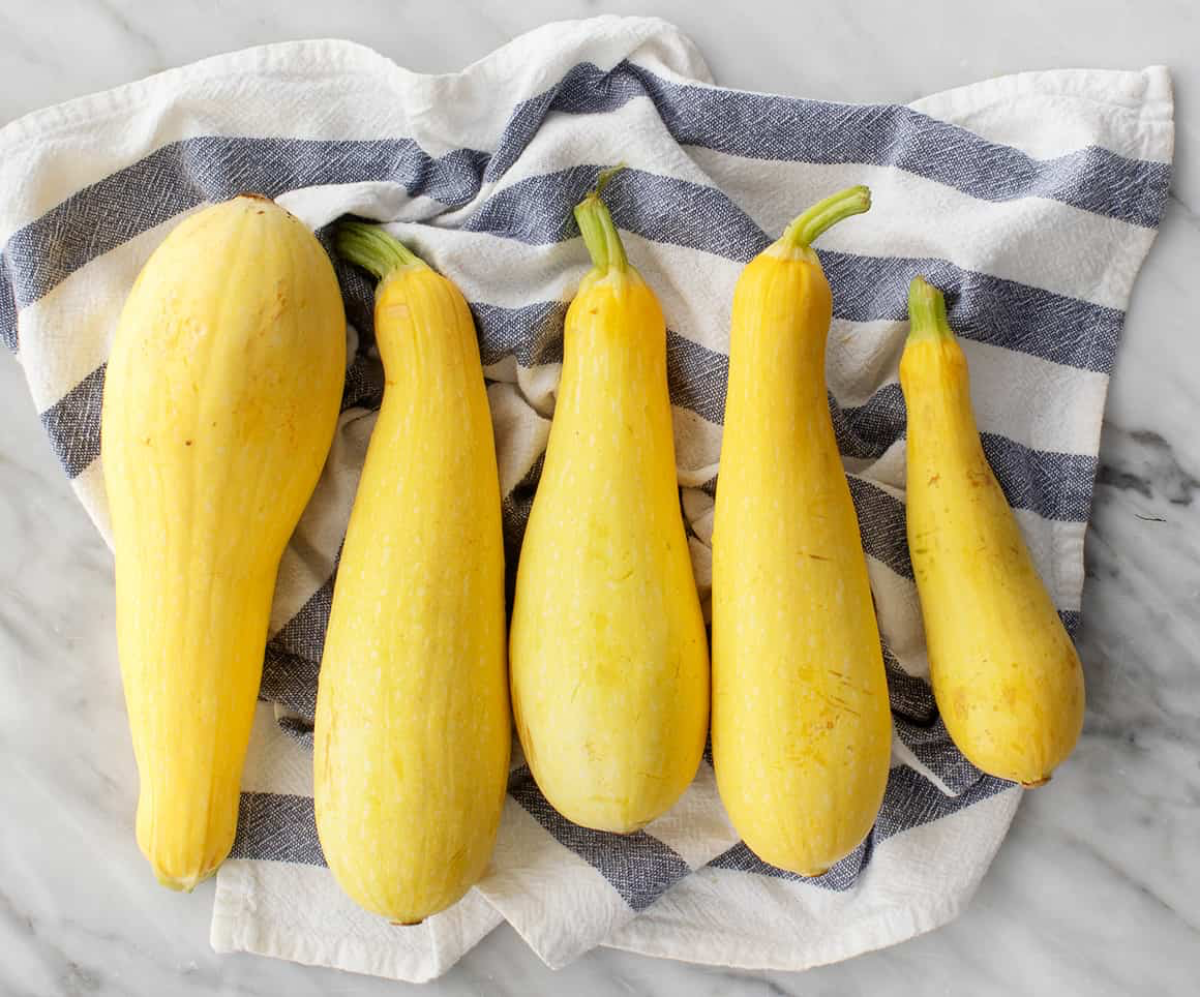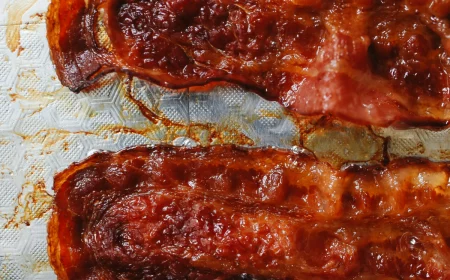From Seed to Harvest: How To Grow Yellow Zucchini
Growing yellow zucchini in my garden began as a small experiment fueled by curiosity and a love for gardening. What started as a simple desire to see if I could grow something different turned into a season-long journey filled with learning, challenges, and ultimately, the joy of harvesting. So, if you want to grow this delightful veggie, you are in the right place. Here’s a closer look at my experience, step by step, nurturing these vibrant vegetables from seed to harvest.
Let’s learn how to grow yellow zucchini
In this article
How To Grow Yellow Zucchini
Yellow zucchini is a vibrant variant of the common green zucchini. It boasts a bright, golden-yellow skin. This skin adds a splash of color to any garden or dish, making it visually appealing. Slightly sweeter and more delicate in flavor compared to its green counterpart, yellow zucchini has a tender flesh. This flesh offers a subtle, buttery taste. As a result, this vegetable becomes a versatile ingredient in culinary creations, enhancing dishes with its unique flavor. Its smooth, glossy exterior encases a soft, creamy interior. This interior is peppered with edible seeds, adding texture to its tender bite. Whether grilled, roasted, or sautéed, yellow zucchini maintains its distinct, mild sweetness. Consequently, it enriches salads, stir-fries, and baked goods with both its taste and presentation.
Yellow zucchini brings color and a sweeter taste to gardens and dishes
Choosing the right seeds
Choosing the right seeds was an adventure that began in the quiet of late winter. I was browsing through seed catalogs and websites, intrigued by the possibilities. The choice of yellow zucchini variety was heavily influenced by several factors. These included the climate of my region, the space available in my garden, and the anticipated yield. Some varieties promised early harvests. Others boasted resistance to common diseases. This decision felt like embarking on a partnership with my future plants. It set the tone for the season ahead. I opted for a variety known for its prolific output and disease resistance. I was eager to see how it would perform in the microclimate of my backyard.
Selecting seeds was the first step in our journey
Preparing for planting
Preparing for planting involved setting the stage with the preparation of the soil. This task required both elbow grease and patience. Yellow zucchini thrives in well-drained soil that is rich in organic matter. I tested the soil pH with a home kit. My goal was to achieve the sweet spot between 6.0 and 7.5. I adjusted it by adding garden lime to raise the pH or sulfur to lower it. The addition of compost was a critical step. It enriched the soil with the nutrients the zucchini would need to grow strong and healthy. Choosing the right site was about more than just space. It needed to offer the plants at least 6 to 8 hours of sunlight daily. This careful preparation was a testament to the adage that a good start is half the battle.
Soil preparation lays the foundation for healthy yellow zucchini growth
Sowing seeds indoors
Sowing seeds indoors was like nurturing a fragile hope. I planted each seed in a biodegradable pot. The pots were filled with a mix of peat, vermiculite, and compost. This provided a nutrient-rich and well-draining environment for the young sprouts. The pots were then placed under grow lights. This simulated the sun’s warmth and encouraged germination. I meticulously timed this process. It started about 4-6 weeks before the last expected frost, based on my local climate zone’s frost dates. The thrill of seeing the first sprouts emerge was a powerful reminder. It reminded me of the miracles latent in tiny seeds.
Indoor sowing means meticulous care for each seed
Transplanting seedlings
The transition from indoor safety to the outdoor garden was a process filled with delicacy. Hardening off the seedlings was crucial to prevent shock. This meant gradually exposing them to outdoor conditions over a week. This acclimatization period was a balancing act. It required vigilance to protect the young plants from too much sun or wind too soon. When it came time to transplant them into the garden, I took careful steps. I dug holes spaced about 2-3 feet apart. This accommodated the zucchini’s sprawling nature. I placed each seedling gently into its new home. Then, I firmed the soil around it and watered deeply to settle it in. This moment, with my hands in the dirt and my heart full of hope, was poignant. It served as a reminder of the cycle of growth and renewal.
Moving seedlings outdoors marked a delicate transition in their growth journey
Watering
The ritual of watering became a daily connection to my garden. Yellow zucchini requires consistent moisture for optimal growth, but it’s susceptible to root rot if the soil becomes waterlogged. I found that drip irrigation or a soaker hose was ideal, delivering water directly to the roots and keeping the leaves dry to prevent disease. The best time for watering was early morning, allowing any moisture on the foliage to dry before the cooler evening temperatures. This not only conserved water but also ensured that the plants were well-hydrated to face the heat of the day.
Daily watering rituals connected me deeply with the needs of my garden
Fertilizing
The act of fertilizing was akin to feeding a growing child, providing the nutrients needed for strong and healthy development. I incorporated a balanced, slow-release organic fertilizer into the soil at planting time and followed up with a side dressing of compost or a diluted fish emulsion every 4-6 weeks. This regimen supported the zucchini plants through their vigorous growth and fruiting stages, promoting lush foliage and an abundant harvest.
Fertilizing the soil was crucial for nurturing the plants’ growth and health
Pest and disease management
The garden was not just a place of growth but also a battlefield where pests and diseases lurked as potential threats to my yellow zucchini. Aphids, squash bugs, and cucumber beetles were frequent adversaries, countered with neem oil sprays and diligent hand-picking. Diseases like powdery mildew presented a different challenge, addressed by ensuring good air circulation around the plants and removing affected leaves promptly. These efforts required constant vigilance but reinforced the interconnectedness of all life in the garden ecosystem.
Battling pests and diseases required vigilance and eco-friendly strategies
Pruning
Pruning and training the zucchini plants were tasks that blended art and science, shaping the plants for optimal health and productivity. I trimmed away excess leaves to improve air circulation and light penetration, reducing the risk of fungal diseases. Supporting the plants with stakes or trellises not only saved space but also kept the fruit off the ground, minimizing rot and pest damage. This careful management of the plants’ growth directed their energy into producing a bountiful crop of yellow zucchini.
Pruning and training optimized the health and productivity of the zucchini plants
Common issues
Gardening is as much about problem-solving as it is about nurturing. Yellow zucchini, like all plants, faced its share of challenges, from nutrient deficiencies manifesting as yellowing leaves to the uneven watering effects of blossom end rot. Each issue demanded research, diagnosis, and action—adjusting the watering schedule, enriching the soil with specific nutrients, or implementing natural pest control strategies. These interventions were lessons in humility and patience, reminders of the gardener’s role as steward rather than master.
Addressing common gardening challenges taught me patience and adaptability
Harvesting
The moment of harvest was a time of joy and fulfillment. Yellow zucchini should be harvested when it’s about 6-8 inches long, while the skin is still tender and the seeds are undeveloped. This size ensures the best flavor and texture, ideal for culinary use. The act of harvesting was gentle, using a sharp knife or shears to cut the zucchini from the vine to avoid damaging the plant. This regular picking encouraged the plants to produce more fruit, extending the harvest season and multiplying the rewards of my efforts.
Harvesting zucchini was a joyful culmination of months of care and effort
Storing zucchinis
After harvesting, the care of the zucchini continued. I washed them gently in cool water and dried them before storing in the refrigerator’s crisper drawer, where they could be kept for up to a week. This handling preserved the fruits’ freshness and quality, readying them for the table or for sharing with friends and family. The abundance of the harvest was not just a source of nutrition but a symbol of the garden’s generosity, nurtured from a single seed to a bountiful yield.
Proper storage extended the enjoyment of the harvest’s freshness
Reflecting on the journey of growing yellow zucchini, from the initial excitement of selecting seeds to the satisfaction of harvesting, has been a profoundly rewarding experience. It’s a process filled with learning, patience, and a bit of gardening magic. For anyone embarking on this journey, I hope my experiences illuminate the path and inspire your own gardening adventures. Remember, each seed planted is a step toward a greener, more bountiful world.
Now you know how to grow yellow zucchini
